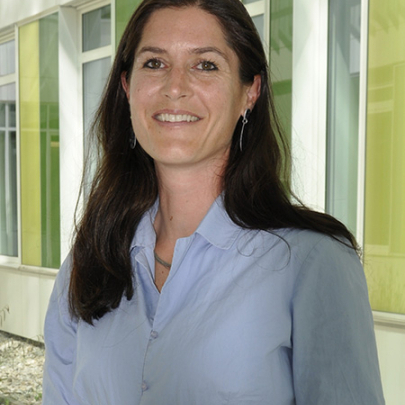Building the spore's armor: A cryo-FIB-tomography exploration of macromolecular assemblies
Bacterial spores resist antibiotics, heat, and radiation, benefiting probiotics and biotechnology but threatening food safety and health when pathogenic. Despite their critical relevance to public health and industry, the molecular mechanisms underlying the formation of the spore's protective structures remain poorly understood. Central to this resilience is the coat, a robust, multilayered extracellular shell. Yet, unraveling its assembly and structure is complicated by the large number of proteins involved, their intricate interaction networks, nanoscale organization, and dependence on the cellular environment to assemble correctly. To overcome these challenges, we employ cryo-focused ion beam milling (cryo-FIB/SEM) coupled to cryo-electron tomography (cryo-ET) to visualize the spore ultrastructure in a near-native state and in unprecedented detail. This approach has revealed the architecture of multiple nascent coat layers harboring distinct dimensions and structural features. I will introduce this cutting-edge methodology and discuss how it is advancing our understanding of spore coat assembly.
- Keynote
- Bacterial Biology
- Cryo-ET
Speaker
-

Cécile Morlot
Pneumococcus Group
My scientific journey began with a Ph.D. at the Institute for Structural Biology (IBS, Grenoble, FR, 2000–2003), where I mapped the first cellular localization of Penicillin-Binding Proteins in the human pathogen Streptococcus pneumoniae and elucidating the structure of the cell wall hydrolase DacA. For my first postdoctoral position (2004–2007), I joined the Grenoble EMBL outstation, shifting my focus to human biology. There, I characterized the structure of a protein complex critic... read more